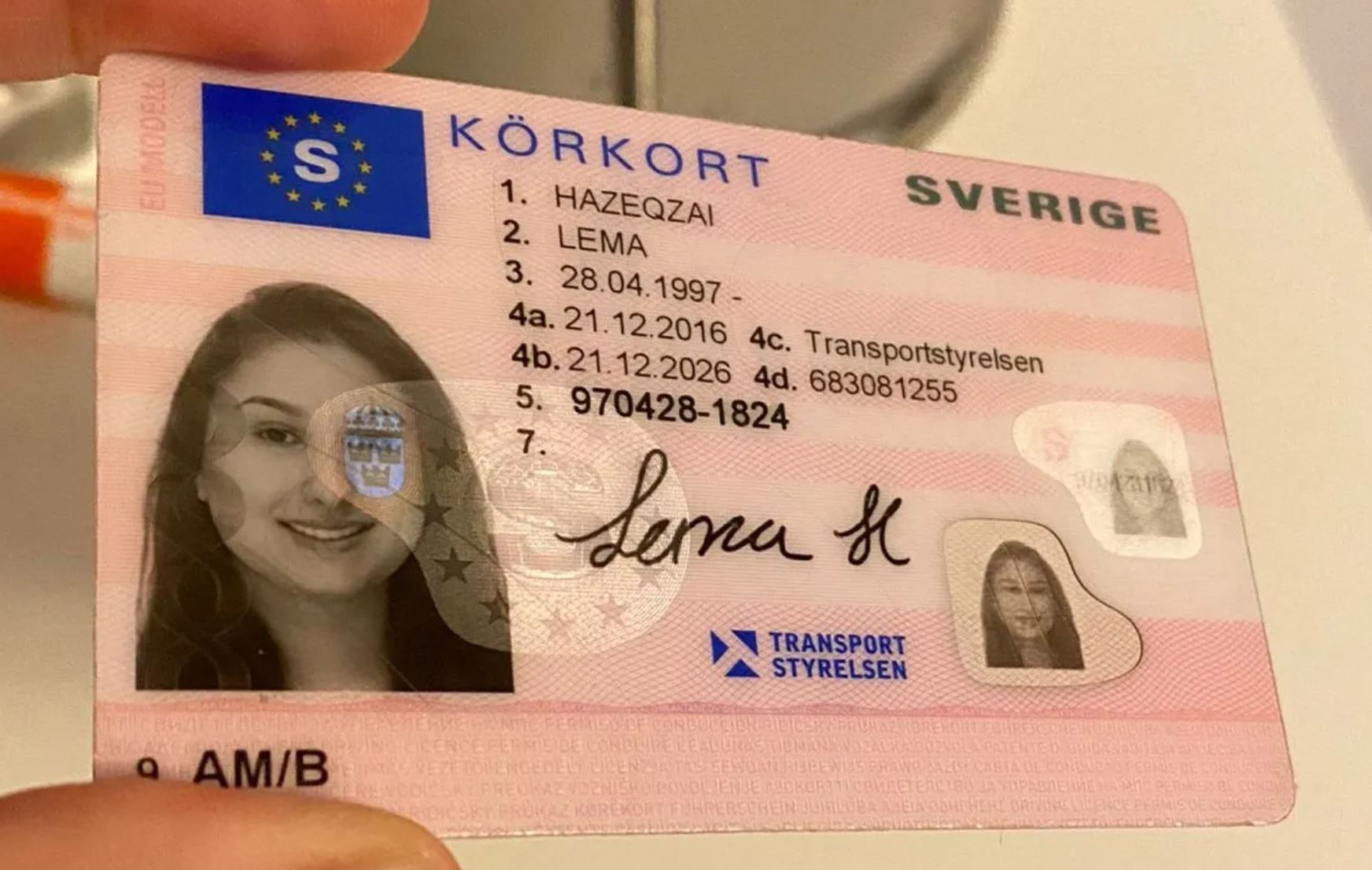
The Future of Driving Licenses: ID Handling in 2025
As technology continues to progress at an unprecedented rate, various sectors are accepting developments to improve user experience and effectiveness. Among the locations experiencing significant transformation is identity management, particularly worrying driving licenses. With the intro of digital licenses and advanced recognition techniques, the landscape of driving license ID handling is expected to undergo substantial modifications by 2025. This short article explores the awaited developments in driving license ID handling, the ramifications for users, and responses regularly asked questions about the future of driving licenses.
The Evolution of Driving Licenses
Driving licenses have actually traditionally served as a method of recognizing an individual's authority to run an automobile. They likewise serve numerous secondary functions, including age verification and identity verification for banking and travel. Nevertheless, the physical card system has constraints, including dangers of counterfeiting, loss, and out-of-date information. As society gravely depends on efficient and secure recognition systems, the transition toward digital licenses is ending up being significantly popular.
Existing Trends in Driving License ID Handling
Digital Licenses: Many states are piloting digital driving licenses that enable users to keep their qualifications on their smartphones. These digital licenses are created with sophisticated security functions, including biometric information, and can be scanned or shared firmly.
Blockchain Technology: Some jurisdictions are exploring blockchain to improve the security and credibility of driving licenses. This technology guarantees that details can not be damaged which the data is easily verifiable.
Facial Recognition: Increasingly used in recognition practices, facial acknowledgment innovation can expedite the procedure of verifying an individual's identity versus their driving license. This technology likewise helps decrease fraud and maintain the integrity of the licensing systems.
Multi-Functional Licenses: Future driving licenses may incorporate additional features such as health records, travel documentation, and even payment systems, supplying an extensive identity service.
The Benefits of Digital Driving Licenses by 2025
The shift toward digital driving licenses presents a number of advantages, including:
Convenience: Users can access their licenses anytime, which gets rid of the requirement for physical cards. This is particularly beneficial when individuals forget their license, as digital copies can be retrieved quickly.
Security: Advanced security steps can reduce the threat of identity theft, fraud, and unauthorized duplication. Digital licenses frequently consist of file encryption and biometric confirmation.
Effectiveness: Reduced wait times at federal government offices and during traffic stops, as law enforcement can verify digital licenses quickly.
Implications for Users
While the advancements in driving license ID handling present numerous advantages, they likewise include obstacles. Users need to adapt to new technology and ensure they comprehend the modifications and their implications. Here are some considerations:
Privacy Concerns: With increased digital footprints, there will be increased concerns over information personal privacy and how biometric data is saved and used.
Ease of access Issues: Individuals without access to mobile phones or digital innovations may face barriers to obtaining and making use of digital licenses.
Regulative Compliance: With various jurisdictions embracing different systems and processes, users need to understand their local laws relating to digital licenses and recognition.
Anticipated Changes in Driving License ID Handling by 2025
| Element | Current Status | Anticipated Change by 2025 |
|---|
| License Format | Physical cards | Primarily digital licenses |
| Verification Process | Manual checks | Automated biometric verification |
| Security Measures | Basic holograms and features | Advanced encryption and blockchain |
| Jurisdictional Differences | Fragmented procedures across states | More standardized nationwide systems |
| User Interaction | In-person renewals and checks | Mobile applications for management |
FAQs
1. What is a digital driving license?A digital driving license is an electronic variation of a conventional driving license that is saved on a mobile phone. It can be utilized for identification and verification in various situations, with improved security functions to prevent fraud.
2. How will digital licenses improve security?Digital licenses utilize file encryption and biometric information, making them more tough to create or misuse compared to traditional cards. In addition, blockchain technology can guarantee information authenticity and integrity.
3. Will everybody be needed to change to a digital license?While many jurisdictions are moving toward digital licenses, regulations might differ. Users are motivated to talk to their local licensing authorities for particular guidelines.
4. What are the prospective disadvantages of digital licenses?Some possible drawbacks include personal privacy concerns regarding information storage, ease of access issues for people without smart devices or digital literacy, and the requirement for a robust regulatory structure to handle security and user rights.
5. How can I prepare for the shift to digital licenses?Stay informed about regional initiatives relating to digital licenses, check out available mobile applications for managing recognition, and cultivate digital literacy to navigate brand-new technologies with confidence.
The future of driving licenses and ID handling is poised for significant development by 2025. As digital licenses become more prevalent, users will experience improved security, convenience, and efficiency. Nevertheless, together with the advantages come challenges that will require public awareness and adaptation. Stakeholders need to focus on education, regulation, KöP KöRkort B96 Utan Examen Online (Sb.Mangird.Com) and accessibility to guarantee a smooth transition that empowers people with the identification tools of the future. As technology advances, so too will the approaches through which society manages identity, particularly essential in procedures as essential as operating a motor automobile.